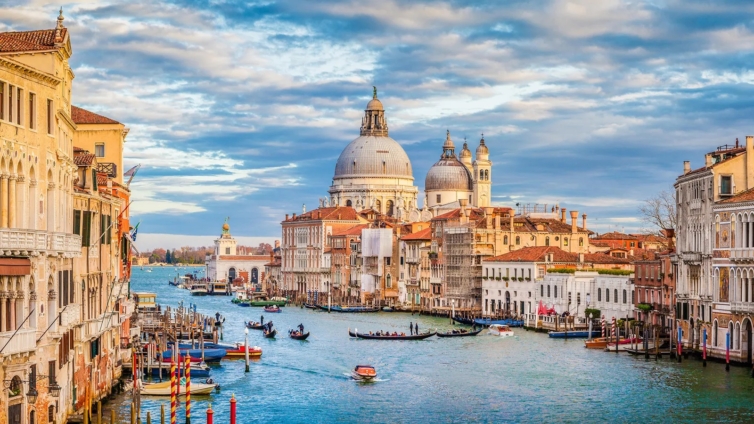Every day, Federica Chiuch, a Venetian resident and professional tour guide, takes visitors around Venice's landmarks. When she gets to Saint Mark's Square, home to Venice's cathedral and former government palace, she finds it hard to find a quiet spot to stop. "Between May and October, the square is always overcrowded," she explained. "It's hard to make your way through and to talk over the constant background noise."
Over the past three decades, Venice has become one of the most notable victims of overtourism. The city currently welcomes an estimated 30 million visitors per year, far above the 50,000 residents that actually call it home. And more than two thirds of visitors come just for the day.
This month, Venice's municipal authorities announced plans to fight these issues with a controversial move: charging day trippers a €5 entrance fee. This will make Venice the first city in the world to charge visitors to enter its premises. News of the entry fee has sparked controversies, and with travellers eager to understand how the new measure will affect them, BBC Travel talks to authorities and locals to understand when it starts, who will have to pay and how people can visit the city in a more sustainable way.
What's the problem?
On top of making life unpleasant for both residents and tourists, overtourism is putting pressure on the city's infrastructure. And much like in places like Lisbon or Barcelona, it is causing Venetians to move out due to a lack of affordable housing as landlords redirect long-term rentals to high-profit short term stays.
But Venice, a city built on water, faces even more risks. The tourism explosion has increased the number of boats in the city's canals, causing waves that are eroding the foundations of Venice's centuries-old buildings. Two years ago, the Italian government banned cruise ships from mooring inside Venice's city centre partly due to the damage these large ships cause to buildings and the seabed. Last August, Unesco threatened to put Venice on its list of World Heritage Sites that are at risk due to "insufficient efforts" to preserve the city. It was clear that something had to be done.
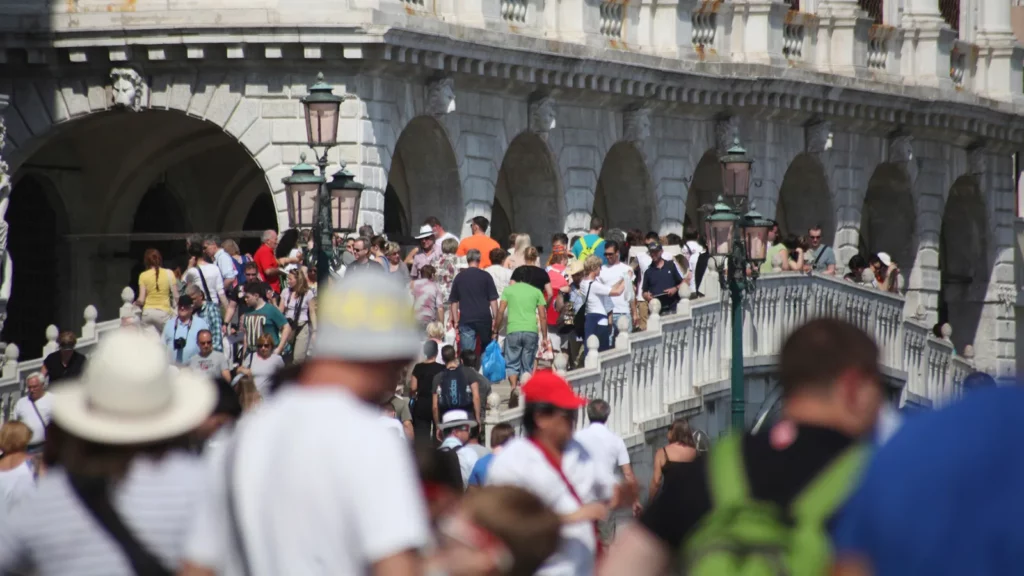
Where did idea for the entry fee come from?
In 2019, the Italian government approved a proposal submitted by Venice's municipal government for the introduction of an "entrance contribution fee" of €5 for day-trippers. The aim was to make some day trippers revaluate their travel plans, with the idea partly inspired by small Italian islands like Ponza that charge a disembarkation fee.
The proposal was put aside during the pandemic and recently resumed. Starting in spring 2024, Venice's municipal government will test the new fee during a trial period. According to Venice city councillor for tourism, Simone Venturini, this trial will allow policymakers to experiment with the tax, with the ultimate goal of making it permanent.
When does the trial period start and what are the dates?
Venice will select 30 dates, starting in spring 2024, to apply the entry fee. They have not yet been announced but will coincide with peak tourism periods to deter people from coming during particularly busy days.
"We will test out the fee during days of peak travel affluence like Easter weekend," said Venturini.
Who will the trial affect?
The entrance fee will be applied to visitors coming to Venice for the day and will only affect Venice's historic city centre (excluding nearby islands like Murano). According to a list of rules published by the local government, exempted categories include visitors who stay overnight, residents of Venice and the wider Veneto region, family members of local residents, people coming in for work or volunteering reasons, students enrolled in Venice's universities, athletes visiting Venice for sports events and minors under the age of 14.
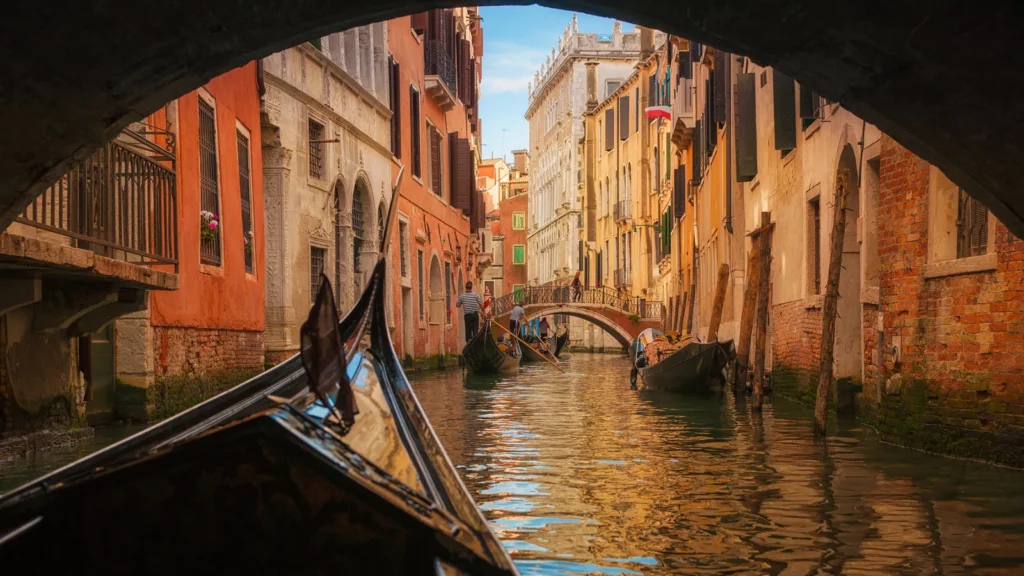
How does the entry fee work?
Day trippers will need to register on a soon-to-be-launched portal and pay the €5 fee. The portal will generate a downloadable QR code that will certify that the fee has been paid and it will be enforced by local authorities who will randomly check people and ask to show the code. During the trial, people will also be allowed to pay on the spot if stopped by authorities without the code.
Even people that are exempt from the fee, like residents of the wider Veneto region, will need to register. That way, says Venturini, authorities will be able to get a better sense of how many people will be coming in a given day and adjust services like waste removal accordingly.
During the first year, funds from the entrance fee will be used to finance the IT system and QR code checks by local authorities. "Our main goal for now is the creation of a booking system and a set of incentives to deter people from coming during peak days," Venturini said.
Why is it for day trippers only?
Day trippers account for two thirds of all visitors and are mostly composed of large tour groups, cruise ship passengers and people coming in from the surrounding Veneteo region. According to Davide Bertocchi, professor of tourism geography at the University of Udine, day trippers do not have much economic value to Venice yet they put significant pressure on its infrastructure.
As Bertocchi explained, these large groups usually follow a standard three- to four-hour itinerary focused on landmarks like Saint Mark's square and the Rialto bridge, creating unsustainable congestion in the city's tiny streets and 1,000-year-old bridges. Most of the time, they do not spend money to visit churches or museums or to shop or eat at locally owned facilities.
By contrast, overnight visitors spend more money on accommodation and meals. Plus, they are already subject to Venice's tourist tax, a fee paid directly to their accommodation that is used to finance the upkeep of Venice's tourism service and the preservation of its cultural heritage.
What's the difference between the tourist tax and the entrance fee?
Tourist taxes in Venice (and throughout Italy) and are included as part of a person's hotel bill and can range from €1 to €5 per night depending on the type of accommodation.
Venice's entrance fee, by contrast, will be solely for visitors who come for the day and are not staying the night in the city.
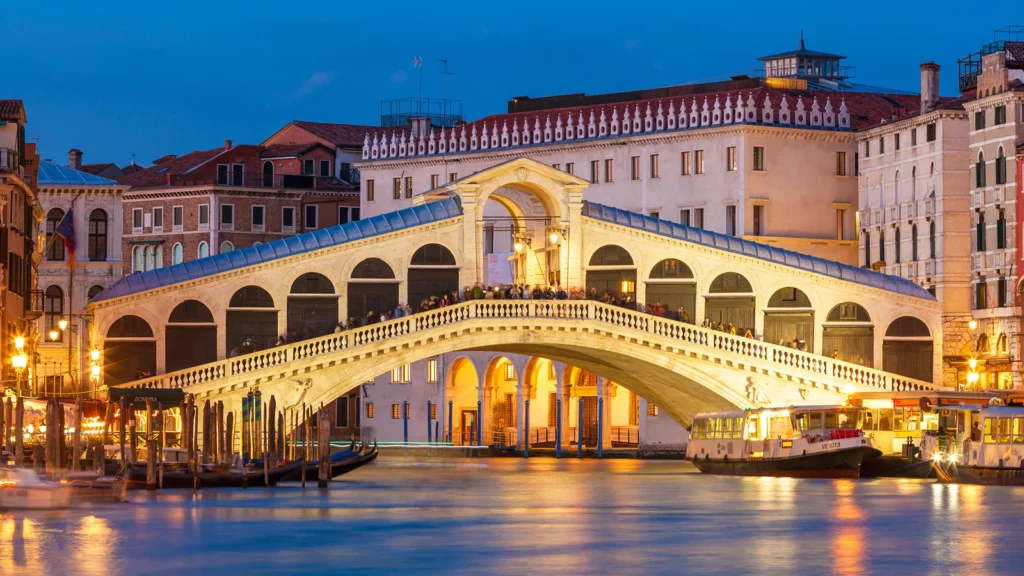
How do people feel about it?
Announcement of the entrance fee has sparked various reactions. A year ago, 1,000 citizens gathered around the city to protest the announcement of the entrance fee. Last week, the announcement of the entrance fee trial was met with heated protests during a city council meeting.
Anna Scovaricchi, a traditional bookbinding artisan who relocated her family of four to nearby Padua because she could no longer afford her rent, says the entrance fee "is a joke". "People will surely pay €5 to come to Venice," she said. "The real problem is the lack of housing and the fact that the city has turned into a huge bed and breakfast."
Venice Day Trips, a tour operator offering cultural itineraries in Venice and the nearby region, thinks that an entry fee is not the right way to manage overtourism. "What we would like to see is a closed number [of tourists] with a clear booking process," said founder Rachel Erdman, adding that they usually advise clients against coming to Venice during peak season like summer months. "What we don't really agree with is a tax to enter the city."
However, trade associations seem hopeful about the entrance fee. As reported by Italian newspaper La Repubblica, the trade association of local artisans said that the entrance fee mechanisms will "probably need to be improved" but it is a good start to managing overtourism.
What are the authorities saying?
Venice's municipal authorities have responded to criticism by saying that for now the entry fee scheme is in its experimental phase. "We want to test this out," Venturini said. "We want to see if charging €5 can convince some people to choose off-peak days to come to Venice."
Do other cities have an entrance fee?
Tourism taxes are not a novelty. According to Megan Epler Wood, managing director at the Sustainable Tourism Asset Management Program (STAMP) at Cornell University, other destinations have introduced taxes as a means to manage overtourism. For example, in 2016 the Balearic Islands introduced an "eco tax" to finance the preservation of the archipelago's environmental and cultural assets; while Belize has been charging visitors since the 1990s to finance the preservation of its coral reef and a wide range of biodiversity assets. Other destinations that charge tourists include Bali, Barcelona, France, Austria, Croatia, Costa Rica, New Zealand and most recently Iceland.
However, no country has ever created an entry fee like Venice. Most destinations include a tourist tax as part of accommodation bills or as a cost tacked to a plane ticket or tourist visa. This will be the first time that day trippers need to pay to enter a city.
The final goal of the tax is also different. In the case of the Balearic Islands or Belize, taxes are specifically collected to finance sustainable tourism projects. Instead, the Venice entry fee is not going to a specific fund. Instead, Venturini noted that the money collected from visitors will only be used to cover the cost of the booking system.
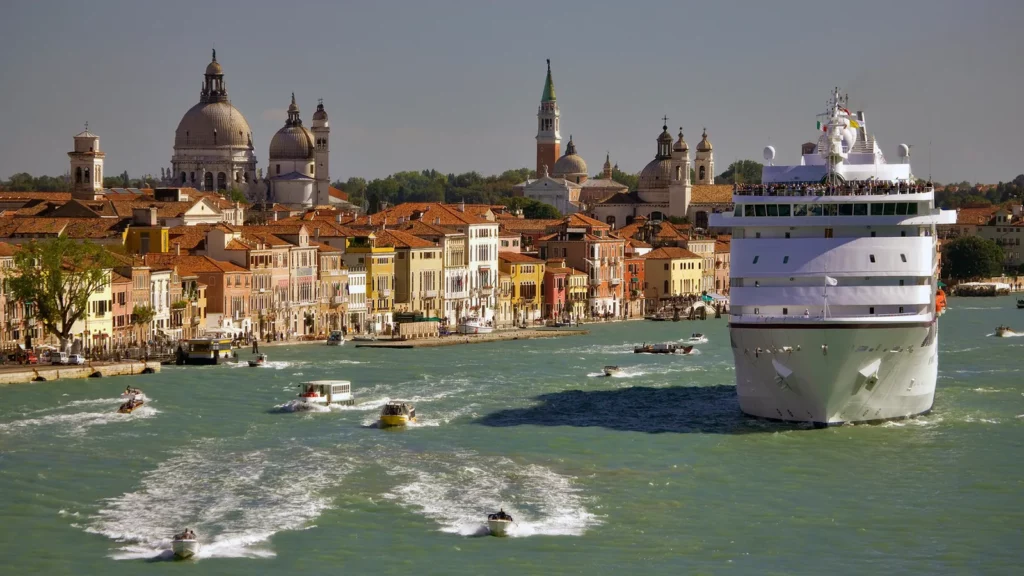
Why not put a cap on tourist numbers?
Many destinations impacted by over tourism like Machu Picchu or Antarctica have put a daily cap on the number of people allowed to come in a single day. However, Venice, as Venturini explained, is a city and not a tourism site and putting a cap on visitors would go against Italy's constitutional right of free movement.
How can travellers visit Venice more sustainably?
According to Valetia Duflot, founder of Venezia Autentica, an organisation that promotes sustainable tourism in Venice, it just requires a bit of research. She suggests staying for a few nights – that way you get to see Venice when day trippers are gone – and if possible book locally owned accommodation, spend money on locally-owned restaurants and souvenirs, and chose fully licensed local guides.
Chiuch adds that part of the answer lies in creating awareness. "I always tell visitors about Venice's challenges like the negative impact of cruise ships," she said, "and I give tips on how to get off the beaten path and avoid stopping in congested areas."
She also thinks that promoting sustainable practices can make visitors more aware of their role in preserving the city. "I always tell visitors that Venice is part of our collective human heritage," she said, "so it is our collective responsibility to preserve its beauty."
Latest Stories
-
NSMQ star Jochebed Adwoa Sutherland sweeps 12 awards at UG Vice-Chancellor’s Ceremony
54 seconds -
Ghana’s Education Quality ranked 125 out of 183 countries in latest Global Youth Development Index
26 mins -
Emma Stone wants people to use her real first name
30 mins -
FIFA Club World Cup 2025: Sundowns, Esperance join Al Ahly and Wydad as CAF representatives
4 hours -
CAFCL: Al Ahly set up historic final with ES Tunis
5 hours -
We didn’t sneak out 10 BVDs; they were auctioned as obsolete equipment – EC
8 hours -
King Charles to resume public duties after progress in cancer treatment
9 hours -
Arda Guler scores on first start in La Liga as Madrid beat Real Sociedad
9 hours -
Fatawu Issahaku’s Leicester City secures Premier League promotion after Leeds defeat
9 hours -
Anticipation builds as Junior Speller hosts nationwide auditions
10 hours -
Etse Sikanku: The driver’s mate conundrum
10 hours -
IMF Deputy Chief worried large chunk of Eurobonds is used to service debt
11 hours -
Otumfuo Osei Tutu II celebrates 25 years of peaceful rule on golden stool
11 hours -
We have enough funds to pay accruing benefits; we’ve never missed pension payments since 1991 – SSNIT
11 hours -
Let’s embrace shared vision and propel National Banking College – First Deputy Governor
12 hours

